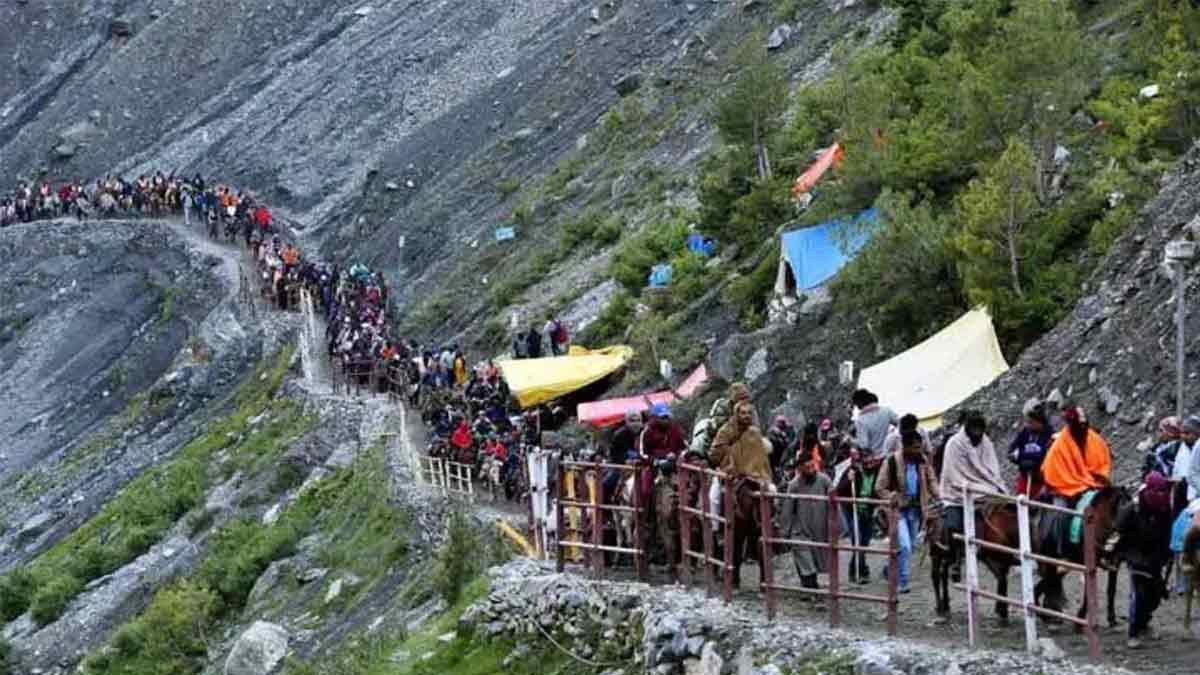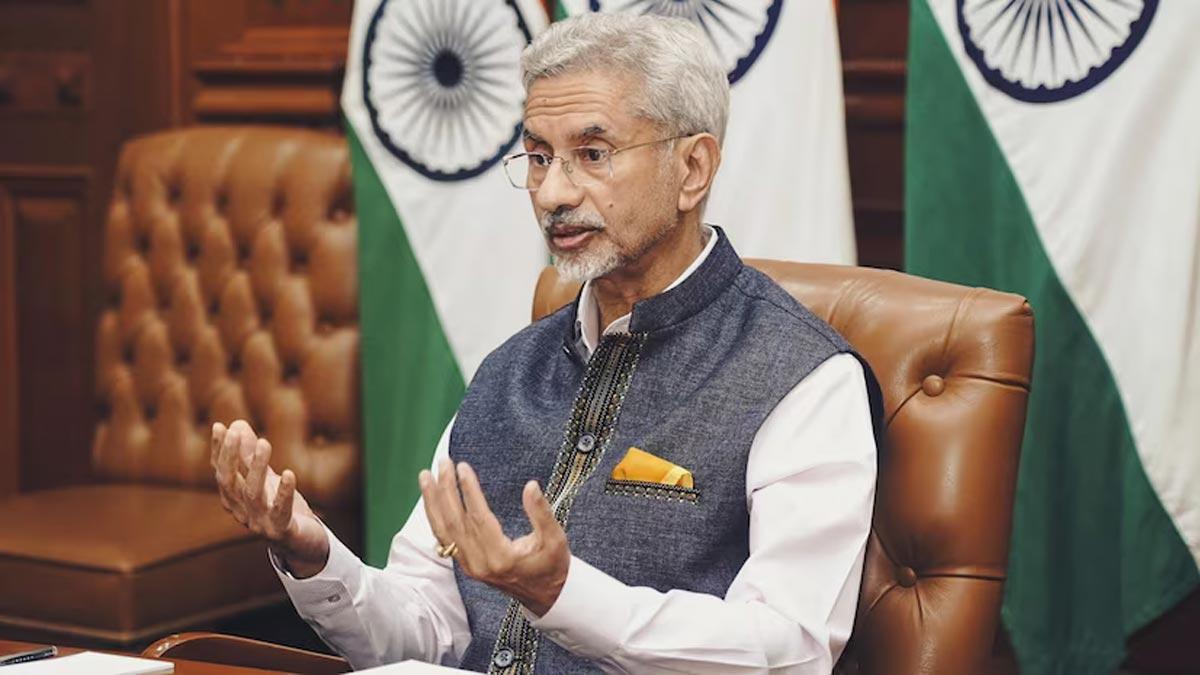On Friday, yet another batch of 6,411 pilgrims departed from Jammu for the Kashmir Valley to take part in the holy Amarnath Yatra, under tight security measures.
As per the officials, the pilgrimage witnessed good attendance on the inaugural day when 12,300 pilgrims offered prayers within the sacred cave shrine on Thursday. The 38-day Yatra started on July 3 and will end on August 9, falling on Shravan Purnima and Raksha Bandhan.
Friday's group departed from Bhagwati Nagar Yatri Niwas in two tightly secured convoys made up of 291 vehicles. Among them, 2,789 pilgrims are traveling to Baltal base camp, while 3,622 pilgrims are traveling towards Nunwan base camp in Pahalgam.
Chanting devotional slogans like "Bum Bum Bhole" and "Har Har Mahadev," pilgrims expressed deep spiritual resolve. Many said they felt protected by Lord Shiva's blessings and were undeterred by threats from Pakistan-backed terror groups. Their journey, they emphasized, was a response to the divine call.
Security has been heavily bolstered for this year's Yatra, in the aftermath of the violent April 22 terrorist attack in Pahalgam's Baisaran meadow, where 26 civilians were killed in a faith-based attack. As a response, the government has sent an extra 180 companies of Central Armed Police Forces (CAPFs), on top of the already deployed Army, BSF, CRPF, SSB, and Jammu and Kashmir Police.
Security personnel have provided thorough coverage along the entire stretch—from Jammu's Bhagwati Nagar base to the holy cave shrine—with all transit camps and entry points closely monitored.
In a gesture of unity and hospitality, the residents of the place greeted the pilgrims with garlands and placards as the convoys moved through the Navyug Tunnel into the Kashmir Valley at Qazigund. The move was meant to reaffirm Kashmir's denunciation of the April attack and to express solidarity with the visiting devotees.
Pilgrims have two principal routes to arrive at the cave shrine, which stands 3,888 metres above sea level in the Himalayas of south Kashmir. The longer of the two routes from Pahalgam is about 46 km long and is spread over four days of trekking through Chandanwari, Sheshnag, and Panchtarni.
Alternatively, the Baltal route, which is famous for being the shorter 14-kilometre one, enables pilgrims to make the round trip to the cave and return in a day.
The focal point of the cave shrine is an ice stalagmite, which develops and melts in harmony with the phases of the moon. The devotees consider this to be a divine presence of Lord Shiva.
It is in this cave, Hindu lore goes on to say, that Lord Shiva taught Mata Parvati the secrets of immortality. Two pigeons who chanced to overhear the holy discussion have also become part of the lore, symbolic now of the shrine's holiness. Even more astonishing, a couple of pigeons traditionally emerge annually from the cave as the Yatra commences.
The Shri Amarnath ji Yatra continues to be one of the most sacred pilgrimages of Hinduism, with thousands of believers coming from all over the nation and elsewhere, bound together by their faith and spiritual aspirations.
Read also| Kerala-Bound F-35B Set for Departure Aboard C-17 Globemaster After Emergency Landing
Read also| Indian Navy Welcomes INS Tamal, Equipped with BrahMos Missiles


















